What is exposure therapy? In a world where the accent falls on being connected, staying upbeat, making new friends, and socializing even when you’re not outside, some people may struggle to deal with even the slightest step out of their comfort zone. Phobias and chronic anxieties aren’t conditions to go away lightly. Fortunately, though, behavioral therapists today have come up with the exposure method.
Persons which suffer from panic attacks and anxiety fits when faced with the prospect of dealing with other people may benefit from this. So do people that suffer from phobias, PTSD, and general anxiety. Therapy through exposure implies the patient be exposed to the stimulus he or she fears most. Through this technique, the person is expected to overcome their prejudice and see the situations as they arise.
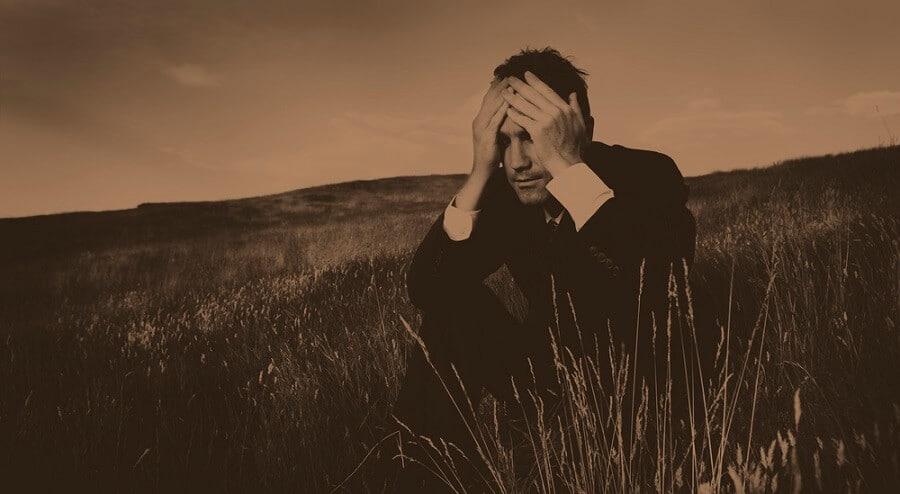
How Exposure Therapy Works
Together with dialectical, cognitive, and others methods, therapy through exposure is a type of behavior therapy. It is used to treat physical and mental disorders like obsessive-compulsive disorder, posttraumatic stress disorder, depression, and sleep deficiencies – to name a few. There are three main types of exposure therapy techniques:
- In vivo exposure therapy subjects the patient to situations that induce fear and panic. Examples include public speaking or interacting with certain animals.
- Imaginary or narrative exposure therapy is especially effective in distressed patients who need to face memories, thoughts, and situations they feel insecure with or afraid of. Generally, this method is used to treat social anxiety.
- Interoceptive exposure therapy is used for specific afflictions that cause physical distress, like OCD or PTSD exposure therapy.
Behavior therapists choose treatment methods, frequency, and intensity after a consultation and studying the patient’s history.
The Techniques
Old and modern techniques entwined into a series of techniques and practices that are widely used in clinical psychotherapy today. Although non-intrusive and successful in more than 70% of the cases overall, exposure sessions have side effects. Most of the time, these resemble developing another phobia or failing to treat the condition – but light therapy has a whole set of adverse reactions and complications, which we will discuss below.
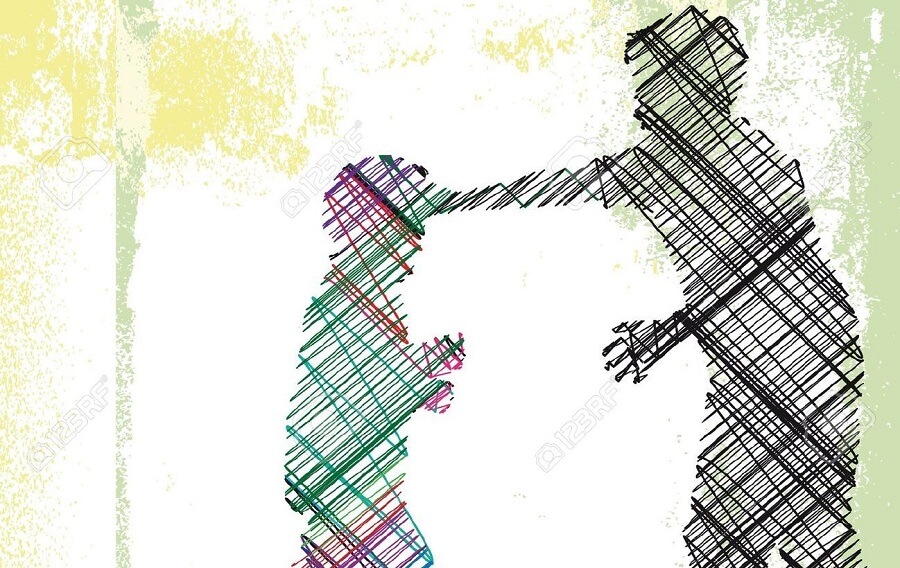
Here are the most common exposure practices in modern psychotherapy:
Graded Exposure Therapy
Also known as systematic desensitization, graded exposure treats anxiety, phobias, and other afflictions or disorders – generally those in which a distressing stimulus is easily identifiable. It involves gradually exposing the patient to a feared situation in a safe medical environment. This allows the patient to control his or her fear during every step. The therapeutic process is considered successful and complete when patients conquer their fear.
Here are the steps to overcome during graded therapy by exposure:
- Identifying the stimulus or stimuli and establishing their hierarchy.
- Setting a realistic goal for the treatment’s outcome. Breaking the road into smaller, approachable steps is recommended.
- Conquering small situations or adjacent stimuli that cause mild discomfort.
- Gradually overcoming more aversive situations that involve the main stimulus.
Safety “cheats” like having another person accompany the patient during their alone walk, using alcohol/drugs as motivation, or carrying a lucky talisman can seem helpful at first. However, specialists do not recommend associating clinical steps and accomplishments with other incentives; Seeking a higher life quality should be the sole motivation.

Prolonged Exposure Therapy
PE therapy challenges patients to experience their traumatic experiences or strong phobias by slowly emerging themselves in and engaging with their memories and fears. Also known as flooding, PE therapy is one of the psychotherapy techniques that can be used in aversion therapy – you can find out more about these practices by reading our article on bad habits and their treatment. Like most exposure practices, this technique focuses on confronting, rather than avoiding triggers and traumas. More than 20 years of worldwide research validate the efficiency of prolonged exposure in at least 80% of the cases.
Light Exposure Therapy
Light exposure or light therapy is widely used in medicine to treat cancer, degenerative diseases, skin conditions, wound healing, or neonatal jaundice. In psychotherapy, light is used to treat the following conditions:
- Seasonal Affective Disorders: SAD can be treated with sunlight exposure or phototherapy lamps. This method supposedly works by resetting out body’s internal clock. Reductions in fatigue, excessive sleepiness, and overall mood have been registered after light therapy sessions.
- Certain psychiatric disturbances: A series of depression types and mental disorders can be treated with light therapy.
- Chronic or situational CRSD (Circadian Rhythm Disorder) & jet lag: Light exposure is critical in circadian rhythm disorders. The quantity, quality, and spectrum of light that enters the retina after waking up or before going to bed are critical for a healthy sleep pattern.
- Sleep difficulties caused by Parkinson’s or other diseases and disorders: Phototherapy lamps can be used to help patients with Parkinson’s or other diseases which affect sleeping behavior.
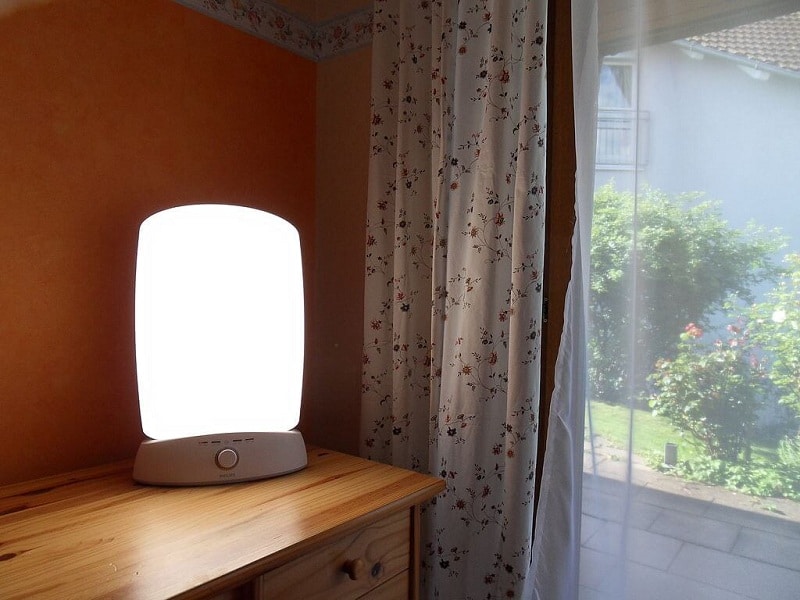
Light exposure treatment methods include:
- Photodynamic therapy: Harmless compounds that become toxic to targeted areas when selectively exposed to light are used to treat malignant or other diseased cells.
- Light boxes: Melatonin, a hormone that regulates sleep, is suppressed by light and thrives in The reverse is the case for serotonin, strongly connected to mood disorders. Melatonin levels and production patterns can be manipulated through ganglion cells that are sensitive to light in our retinas. These have a broad spectrum of wavelengths of light to provide certain types of illumination which are prescribed by a therapist.
Other specifications might refer to the distance and angle at which the light should enter the patient’s retina, which influence the light source’s positioning.
Risks, complications, and side effects of light therapy:
- Ultraviolet light progressively damages our skin. Genetic material, collagen concentration, and vitamin supplies are affected by UV rays – which also generate free radicals. Exposure to UV wavelengths has also been linked to cataracts. Research is being conducted on whether using certain spectrums of blue UV light can reduce macular degeneration, but results are yet unclear. Note: Phototherapy lamps filter or do not emit UV light and are considered safe and effective.
- Light therapy contraindications: Sensitivity to photo-toxicity in eyes, mania, porphyria, and photosensitive skin conditions or medication are incompatible with this exposure method.
- Phototherapy lamps have restrictions. Photosensitizing drugs, eye conditions, or other particularities that can influence the outcome of light therapy need to be taking into account when deciding the best exposure treatment.
- Light exposure is a mood-altering treatment. Just like chemical treatments, it can cause manic, frantic, or depressive state and anxiety – even when the best treatment was applied. Such effects are generally controllable, but light therapy should always be used under clinical supervision.
- Bright light can trigger hormonal imbalance. Reproductive, luteinizing, or follicle-stimulating hormones can be produced in larger, even excessive quantities during or shortly after therapy.
- Other light therapy side effects: Jumpiness, headaches, eye irritation and tearing, or nausea. Poor vision and rashes or irritations on skin and around the eyes can also be common, although many patients reported improvements in these two areas.
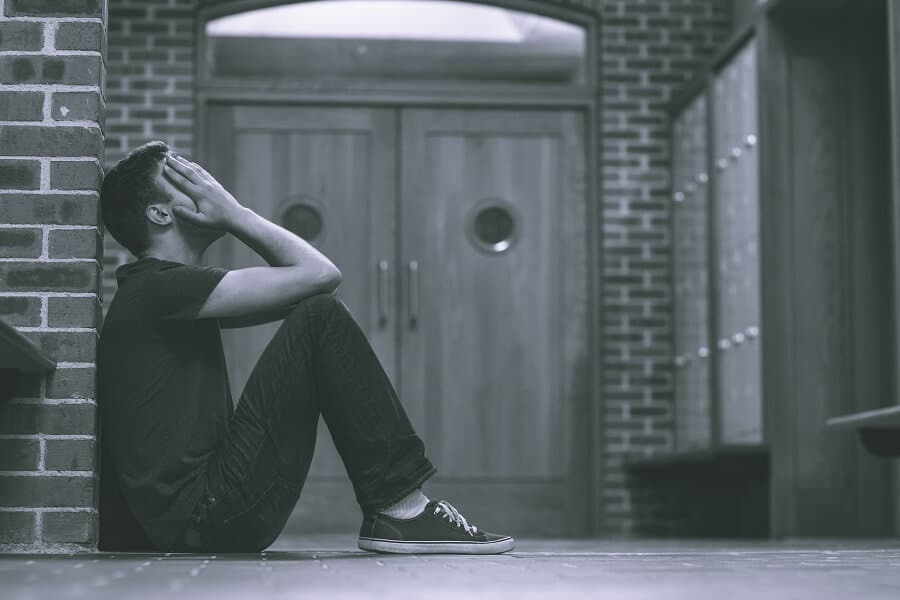
Exposure and Response Prevention Therapy
Exposure response prevention therapy is a widely-used treatment in practical behavioral and cognitive psychology. It focuses confronting fears and discontinuing escape responses through Pavlovian or responded extinction. Exposure response therapy differs from other exposure therapies in the permanent outcome: It offers a permanent resolution for patients to refrain from escape responses permanently, not only during practice sessions.
Exposure and response therapy is used to treat anxiety, phobias, obsessive-compulsive disorder, and other related mental afflictions. It can be successfully carried out with minimal to no face-to-face time between patient and therapist.
Virtual Reality Exposure Therapy
Also known as virtual reality immersion therapy, virtual reality therapy is a psychotherapy practice that uses virtual reality to treat anxiety, phobias, depression, addictions, and other disorders by providing an environment patients need to become comfortable with. Scientists even developed virtual reality therapeutic sets patients can have at home. Other current applications include VR therapy sessions for patients who feel embarrassed or withdrawn because of their affliction and do not handle face-to-face confrontations well.
The Medication
Some methods involve an augmenting factor – usually chemical. D-Cycloserine is a glutamatergic partial NMDA (N-Methyl-D-Aspartate) agonist. It can improve learning and accelerate the reduction distress and is used in extinction-based exposure. Other disorder-specific medication can be used as complimentary when performing therapeutic exposure.
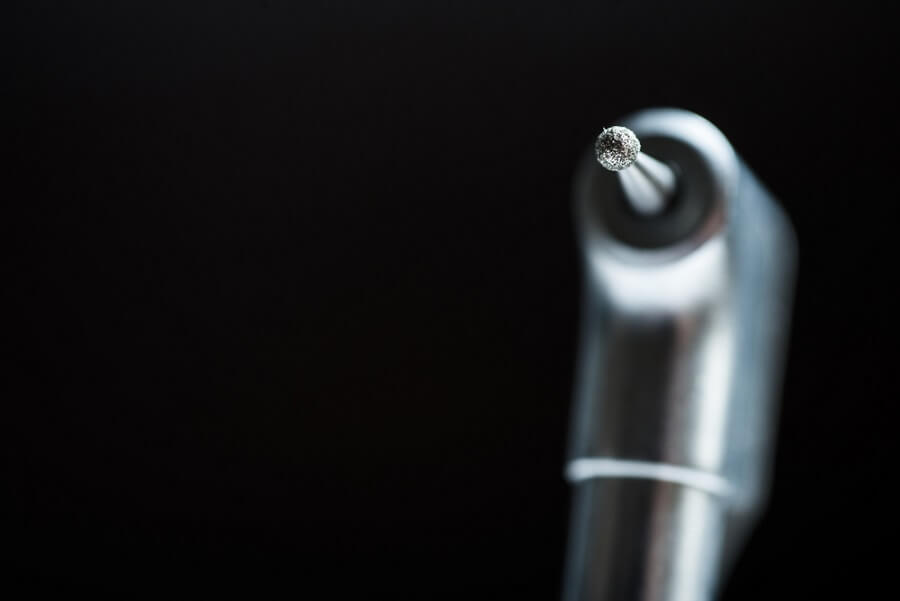 Dental fear – also known as dental phobia, odontophobia, dentophobia, dentist’s phobia, or dental anxiety – is the fear of dental care and dentistry.
Dental fear – also known as dental phobia, odontophobia, dentophobia, dentist’s phobia, or dental anxiety – is the fear of dental care and dentistry.
What Can It Treat?
Exposure Therapy for PTSD – Posttraumatic Stress Disorder
The most common and effective method to treat PTSD through exposure is by using virtual reality. Immersive simulations of war and other military environments are used during several sessions to alleviate or eliminate symptoms. A study on active Army soldiers has shown a great reduction in self-reported symptoms after 6 sessions. Prolonged exposure therapy for PTSD is effective in treating co-morbid PTSD or addiction caused by post-traumatic stress.
A study among rape victims who underwent four weekly imaginary exposure sessions and eight weekly sessions of in-vivo exposure revealed other promising results. Measuring symptoms, anxiety, cognitions, and depression after 1 and 3 months, the study concluded:
- 5 in 7 victims displayed improvements in every measured aspect and the overall state of mind.
- 2 in 7 participants displayed reduced symptom improvement, but a slightly higher quality of life and acceptance towards their experiences.
- After one month, all patients who were treated with exposure and displayed improvements still benefited from day to day augmentations introduced by therapy.
- 4 of 5 patients no longer presented PTSD symptoms 4 weeks after therapy.
- Results to the 3-months follow-up are identical to the aforementioned ones.
Preliminary results are, therefore, promising. However, further research and a randomized, controlled, and worldwide study would better establish efficiency and aftermaths of this treatment method for PTSD.
Exposure Therapy for OCD – Obsessive-Compulsive Disorder
OCD exposure therapy can include chemical stimuli like the aforementioned D-cycloserine can be administered about 2 hours before therapy to decrease the number of required sessions and achieve milestones in clinical therapy. Exposure treatment for OCD by itself shows short and long-term improvements in obsessive distress and overall standard of living. Medication simply enhances its effectiveness and quality, which results in a palatable and efficient way to treat OCD.
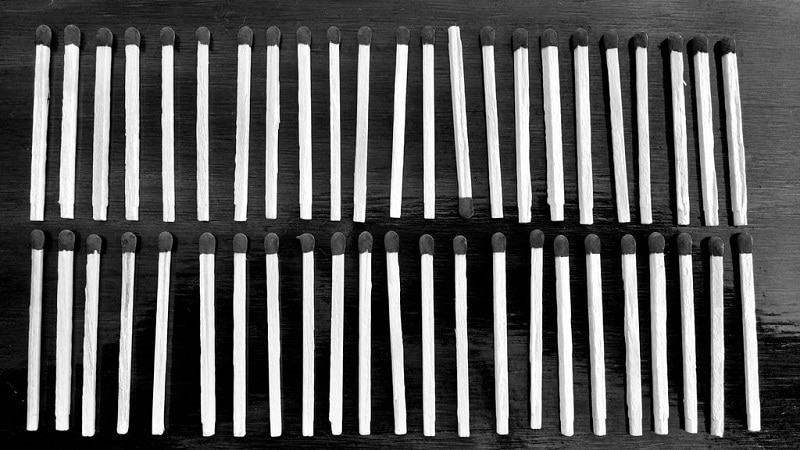
Exposure Therapy for Phobias
Exposure is the most effective way to treat phobias. Single sessions of 1 to 3 hours with imaginary stimuli have shown long-term positive results at impressive rates. Meta-analyses on studies which performed follow-ups with their treated patients after an average of four years concluded that:
- 90% of the patients with phobias who underwent an imaginary exposure session displayed noticeable moderation in fear, impairment, and avoidance of their phobia’s subject.
- 65% of the treated cases stopped displaying any symptoms of their phobia altogether.
Exposure Therapy for Anxiety
Studies on exposure therapy for social anxiety revealed positive results and factual proof for them. In other words, exposure sessions in a controlled environment are effective in treating generalized anxiety disorder. In vivo treatments, whose role is to encourage emotional balance, are considered the most effective.
Sleep Conditions, Depression, & Other Psychiatric Disorders
Light therapy by itself or combined with other exposure practices can cure the following afflictions:
- Non-seasonal depression;
- Major depressive disorder;
- Bipolar disorder;
- Postpartum depression;
- Sleep disorders.
Exposure therapy is a viable standalone or complimentary treatment for many physical and mental afflictions. It uses basic and modern techniques to extend and improve patients’ lives in a non-intrusive manner, with patients having full control and being driven by the desire to overcome their issue.
Scientific Resources
- Link to Schauer, M., Neuner, F., Elbert T., Narrative Exposure Therapy: A short Term Treatment For Traumatic Stress Disorders (2nd edition – 2011), Cambridge, MA: Hogrefe Publishing;
- Link to D-Cycloserine Augmented Exposure Therapy for Obsessive-Compulsive Disorder by Matt G Kushner, Suck Won Kim, Christopher Donahue, and Edna B. Foa, November 2007, ResearchGate – Biological Psychiatry;
- Link to Efficacy of interoceptive exposure therapy combined with trauma-related exposure therapy for posttraumatic stress disorder: A pilot study by Jaye Wald & Steven Taylor, corresponding authors at the Department of Psychiatry in the University of British Columbia, Canada.
- Image sources: 4, 7, and all the other ones are taken from depositphotos.com.
